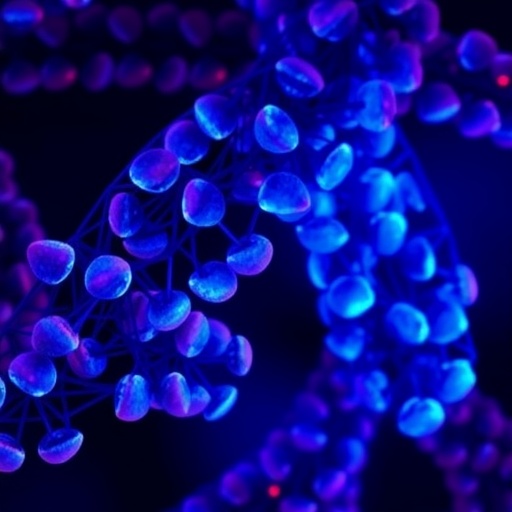Bottom Line: Children can exhibit physical aggression when they are very young but that behavior typically declines before and during elementary school. However, a small proportion of children have atypically high physical aggression problems into adolescence, which may put them at increased risk for violent crime, social maladjustment, and alcohol and drug abuse. This observational study of 2,223 boys and girls used information from mothers, teachers and the children to trace the development of physical aggression problems from infancy to adolescence. The analysis suggests the frequency of physical aggression increased from age 1½ to 3½ and then decreased until age 13. Trajectories for the development of physical aggression differed for boys and girls, and several risk factors were identified, including family characteristics when the child was an infant such as having parents with lower education and higher depression, lower socioeconomic status and a higher number of siblings. Interventions during pregnancy and early childhood may help to prevent high physical aggression in children in high-risk families.
Authors: Richard E. Tremblay, Ph.D., University of Montreal, Montreal, Quebec, Canada, and coauthors
To Learn More: The full study is available on the For The Media website.
(doi:10.1001/jamanetworkopen.2018.6364)
Editor’s Note: The article contains funding/support disclosures. Please see the article for additional information, including other authors, author contributions and affiliations, financial disclosures, funding and support, etc.
###
Want to embed a link to this study in your story?: Links will be live at the embargo time http://jamanetwork.
About JAMA Network Open: JAMA Network Open is the new online-only open access general medical journal from the JAMA Network. Every Friday, the journal publishes peer-reviewed clinical research and commentary in more than 40 medical and health subject areas. Every article is free online from the day of publication.
Media Contact
Richard E. Tremblay, Ph.D.
[email protected]




